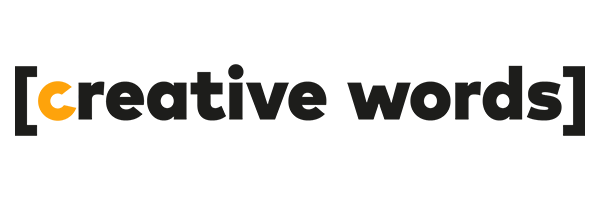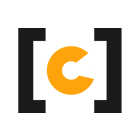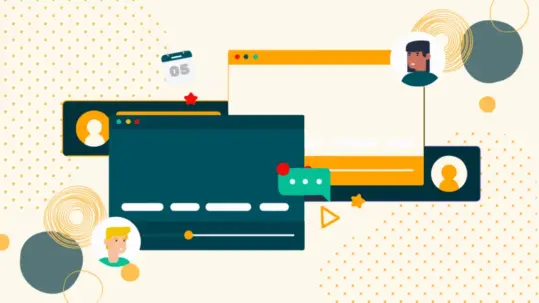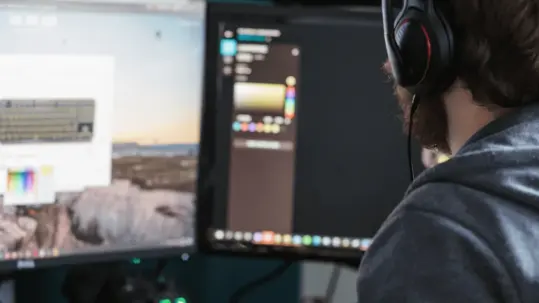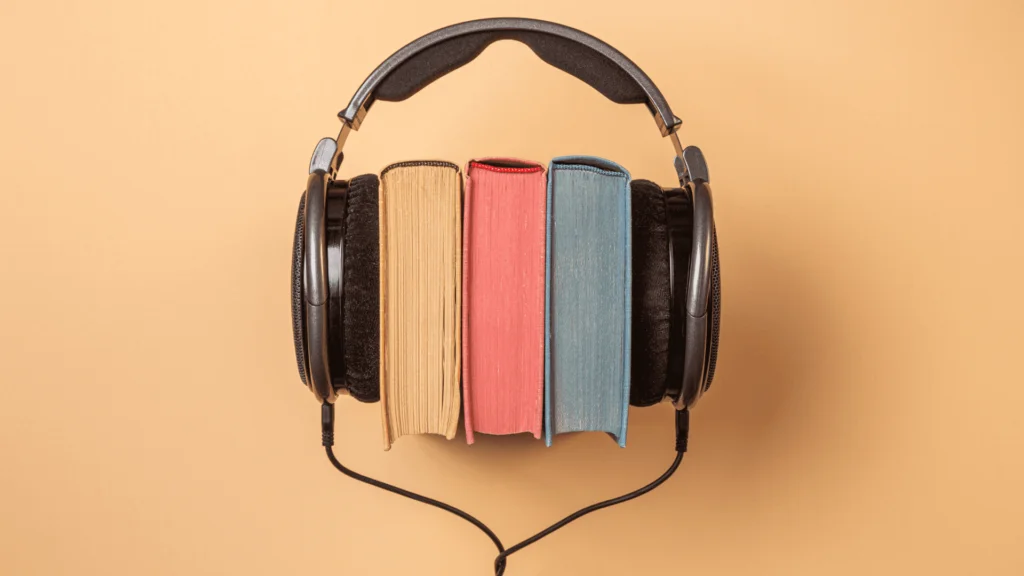
02 Dec Speech Synthesis and SLD: what it is and how it can be useful
HERE’S THE AUDIO VERSION OF THIS BLOG POST, ENJOY LISTENING!
What is speech synthesis?
Speech synthesis is the artificial production of human speech. Given a written text as input, a machine called speech synthesizer, which can be a software or a hardware, turns written words into artificial voice.
To make the concept of speech synthesis more familiar, just think of how Siri or Alexa interact with us. These voice assistants have a dual function: first they translate whatever request the user orally puts to them into written text, then they vocally reproduce the desired response by reading content carefully selected on the web.
Not only does this new technology bring numerous benefits from an economic and business point of view, but it is also vital for the learning and accessibility of written content to an increasingly wide audience, proving to be an effective tool especially for people with disabilities and those with learning disorders.
For these very reasons, more and more companies are beginning to take advantage of this real technological revolution. We at Creative Words have also decided to adopt speech synthesis as an integral part of our communication, thus offering the possibility of accessing the content of our blog also in audio format.
Let us now see together how this new technology works and what its advantages are.
What is a speech synthesizer used for and how does it work?
A speech synthesizer is a tool based on the Text-to-Speech (TTS) technique that can read a written text, interpret it by encoding all of its characteristics, and transform it into audio content. With this type of system, files in .txt, .pdf, .html, and even text contained in .jpg photographs can be processed to produce an audio recording that reads the content of such documents.
 There are several types of speech synthesizers. The most common are those that allow you to simulate reading with a digital voice in a few minutes, simply by highlighting the text you want to hear. This is referred to as highlighted speech synthesis or the “karaoke effect.” However, there are also more sophisticated software programs that allow you to choose between different languages and voices, which are distinguished by gender, age and tone. It is thus possible to bring to life audio content with human-like voices and to achieve natural and realistic results.
There are several types of speech synthesizers. The most common are those that allow you to simulate reading with a digital voice in a few minutes, simply by highlighting the text you want to hear. This is referred to as highlighted speech synthesis or the “karaoke effect.” However, there are also more sophisticated software programs that allow you to choose between different languages and voices, which are distinguished by gender, age and tone. It is thus possible to bring to life audio content with human-like voices and to achieve natural and realistic results.
These software offer the possibility of customizing the voice output and refining its characteristics according to the user’s needs. These are the so-called SSML-based software, a particular type of software based on the speech synthesis markup language.
Speech synthesis and accessibility: applications and benefits
Speech synthesis is an essential tool for people diagnosed with a Specific Learning Disorder (SLD) and is especially helpful for those with dyslexia. Dyslexia is a neurological disorder characterized by learning difficulties and problems in reading and comprehension of a written text that manifests itself through slow, poorly fluent reading with numerous inaccuracies.
Speech synthesis precisely addresses these difficulties: by transforming a text into audio, it provides a viable alternative to the classic reading process to which we have always been accustomed. This is known as “ear-reading”, a kind of virtual multilingual reading that makes it possible to identify the parts of text that one wants to read, to change the speed of reading, to change the intonation, and to choose the voice that allows for better understanding by the user.
 There are several studies highlighting the benefits of using text-to-speech by people with SLD. Indeed, this technology facilitates text comprehension and is a reading aid, converting into a faithful helper in the process of decoding written text. In this way, those with reading disorders can achieve learning autonomy, that is, the ability to communicate without having to depend on a facilitator. Lack of autonomy in learning is many times a cause of disesteem and often ends up compromising educational success.
There are several studies highlighting the benefits of using text-to-speech by people with SLD. Indeed, this technology facilitates text comprehension and is a reading aid, converting into a faithful helper in the process of decoding written text. In this way, those with reading disorders can achieve learning autonomy, that is, the ability to communicate without having to depend on a facilitator. Lack of autonomy in learning is many times a cause of disesteem and often ends up compromising educational success.
Other compensatory tools
Compensatory tools are products (both computer-based and non-computer-based) that support learning by compensating for various activities such as studying, reading, writing, and calculation.
In addition to speech synthesis, other compensatory tools to facilitate the study and work of individuals with SLD are:
- Video-writing programs: these are software that improve writing performance as they allow for adjustment of text size, colors and styles easily, and provide for the use of typefaces suitable for readers with dyslexia. They also feature spell checker, grammar checker and word predictor.
- OCR – Optical Character Recognition: it can recognize the characters of a written paper text by scanning it and transforming it into an electronic format so that it can be edited with a text editor.
- Speech recognition: it recognizes and transforms what is spoken to a microphone into electronic text.
- PDF annotation programs: these allow you to view PDF files and annotate the text, highlight sections and keywords, so as to facilitate diagramming and summarizing.
- E-books and Audiobooks: eBooks are published in ePub format, an open and interoperable format that, unlike PDF, allows the reader to change many features of the text so as to improve readability according to personal preferences. There is also a particular eBook format, audio eBooks, which combine reading an eBook with the ability to follow a narrator’s voice over the text.
- Technologies for mathematics: these include spreadsheets, talking calculators, graphing calculators, and programs to support calculating and solving expressions and equivalences.
- Note programs: they allow the collection of notes in an archive. With note organizers, notes can be divided by category, topic and format. A specific note can be retrieved through a simple text search.
- Map-making programs: these are graphical tools that allow the creation of diagrams, mind maps and concept maps that link salient information and logical connections.
For more details on how to make your digital content more accessible, don’t hesitate to contact the Creative Words team! If, instead, you would like to read more about the world of accessibility, you can find a number of articles about it in our blog!
